Barn owls are beautiful and widespread members of the owl family. These flying predators can be found virtually anywhere besides polar and desert regions. The common barn owl is a member of the larger “barn owl” family Tytonidae.
Like many owls, barn owls use their acute hearing and sight to locate prey, and near silent flight to plunge down and capture their meal. Read on to learn about the barn owl.
Description of the Barn Owl
These haunting owls have been mistaken for ghosts because of their light coloration and near-silent flight. Different subspecies in different regions have various colorations and sizes. Feather coloration can range anywhere from white, to buff, and gray.
This owl’s wingspan can be anywhere from 27 to 41 inches across. They have long wings, and short, square tails that can help distinguish them from other owls in flight.
Interesting Facts About the Barn Owl
These gorgeous and striking birds are much more than meets the eye. When one pictures an owl, they normally picture something like a great horned owl. While barn owls share some traits with other owls, many are unique to this group alone.
- Lovebirds – One of the most recognizable characteristics of these gorgeous avian predators is their heart-shaped facial disk. Unlike some other owl species with more rounded faces, barn owls have a distinctive heart-shaped face. This facial disk allows sound to be captured and directed to the bird’s ears.
- Listen Closely – These birds have another trait, in addition to their uniquely shaped facial disk, aiding in their exquisite hearing ability. Instead of having perfectly (or nearly perfectly) symmetrical ears like most animals, owls have asymmetrical ears. This asymmetry allows these predators to pinpoint the exact location of a sound.
- Light Touch – Flying silently is incredibly important for these hunters. They are able to fly quietly because their feathers are much softer than other birds. This does not come without its downfalls, and soft feathers are also less waterproof!
- Loud and Proud – Unlike many other owl species, barn owls do not hoot! Instead, they produce intimidating hisses, drawn-out shrieks, and screams. These eerie noises also aided in their misidentification as ghosts.
Habitat of the Barn Owl
These birds are incredibly widely distributed. They are able to live in many different places because they can live in many different habitats. In general, they prefer living close to a water source, as prey tends to be more plentiful.
They will choose a nest sight and remain in the immediate area unless the food dries up. They are known for nesting in barns, church belfries, holes in trees, and other crevices. This owl’s preferred habitat is open grassland or meadow with interspersed tree cover.
Distribution of the Barn Owl
These owls can be found on every continent except for Antarctica. They can be found in virtually all of Europe, most of Africa, India, Southeast Asia, the Americas, Australia, and a number of islands. In Africa they are excluded from the Sahara Desert. In North America they are generally found south of Canada. Different subspecies have different ranges.
Diet of the Barn Owl
These predators feed almost exclusively on small rodents, particularly mice, rats, and voles. They will also eat birds, reptiles, amphibians, insects, rabbits, and bats. Like other owls, these birds hunt by choosing a likely perch, and listening intently for prey. When they hear movement, they zero in on their meal, silently dive to the ground, and grab it with their talons.
Barn Owl and Human Interaction
These birds suffer most from indirect human interaction. Like peregrine falcons, they were greatly impacted by the pesticide DDT. They are rarely a problem to humans or farmers, and are even invited to nest by farmers providing nest boxes.
The owl’s diet of mice, which are viewed by humans as a pest, is quite useful to farmers. Sadly, fear of these birds has led them to be persecuted and killed in the past. Thankfully, farmers nowadays understand the great benefits to having barn owls around.
Domestication
These owls are kept in falconry, but have not been domesticated in any way.
Does the Barn Owl Make a Good Pet
In most places is it illegal to keep a barn owl as a pet. To own a barn owl for falconry you must have years of experience working with these birds, adequate housing, and a number of permits.
Barn Owl Care
In zoos, barn owls are provided with plenty of space for flight. A wide variety of perches are recommended to provide the birds with plenty of variability in their daily life. These perches can be moved or swapped to provide environmental enrichment.
They can be fed a diet of rodents, such as rats and mice, as well as chicks. These are frozen, and provided to the birds thawed out to prevent potential injury.
Behavior of the Barn Owl
Barn owls are solitary, but they are not overly territorial. They have home ranges that they prefer to remain in, but these can overlap with other birds. Unless food sources become scarce they usually remain in their home territory for most of their lives. Most foraging occurs at night, and other birds usually mob owls that fly during the day.
Reproduction of the Barn Owl
Most barn owls are monogamous, which means they will mate with the same partner until one of them dies. Before she lays eggs, the female will remain close to the nest and the male will provide food for her. She will lay five eggs on average, and incubate them for about one month. During this time the male continually brings her food, to the point where it piles up around her.
Sometimes the eggs will hatch over a long period, with up to a week between hatchings. The female will tear chunks of meat apart for the chicks and feed each of them. It will be nine weeks before they begin learning to fly on their own, and thirteen weeks before they can catch their own prey.
Beliefs, Superstitions, and Phobias About the Barn Owl
Their eerie calls and silent flight make barn owls very creepy. Humans have persecuted them for this, and they were viewed as a danger. These owls were called by a number of names reflecting this fear including demon owl, ghost owl, lich (corpse) owl, and death owl. Some native peoples believed these owls to be demons or bad omens, and the Tzeltal people of Mexico called them disease givers.

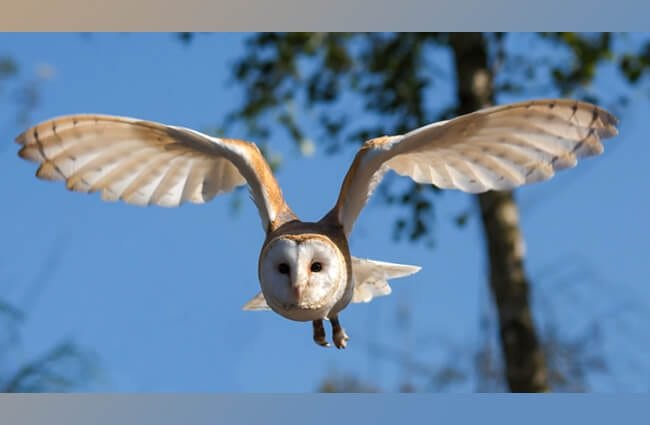
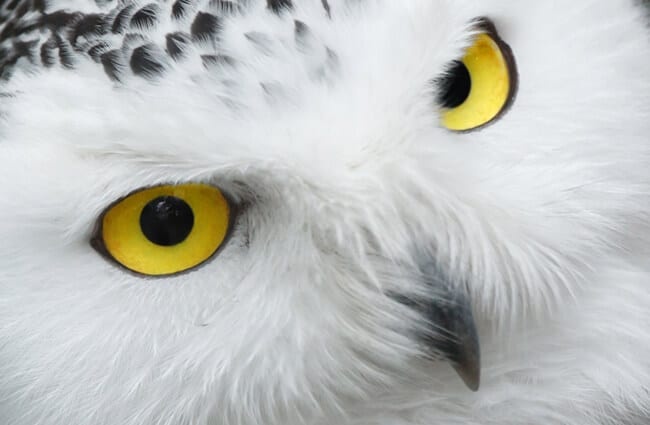


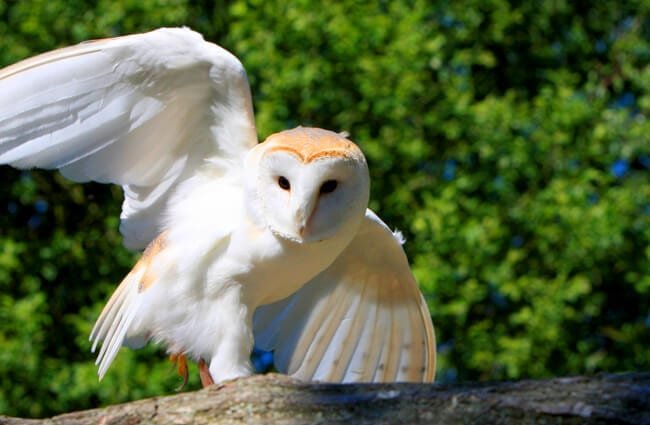

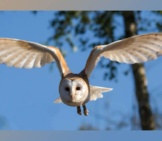

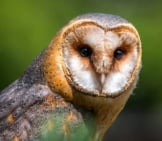
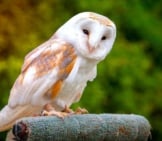


![Red Angus Closeup of a beautiful Red Angus cowPhoto by: U.S. Department of Agriculture [pubic domain]https://creativecommons.org/licenses/by/2.0/](https://animals.net/wp-content/uploads/2020/03/Red-Angus-4-238x178.jpg)












![Red Angus Closeup of a beautiful Red Angus cowPhoto by: U.S. Department of Agriculture [pubic domain]https://creativecommons.org/licenses/by/2.0/](https://animals.net/wp-content/uploads/2020/03/Red-Angus-4-100x75.jpg)

